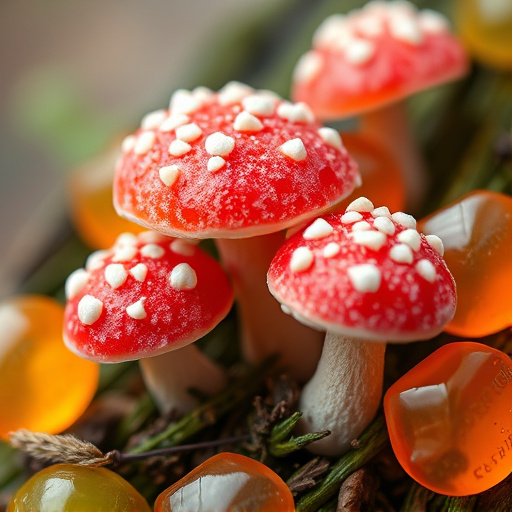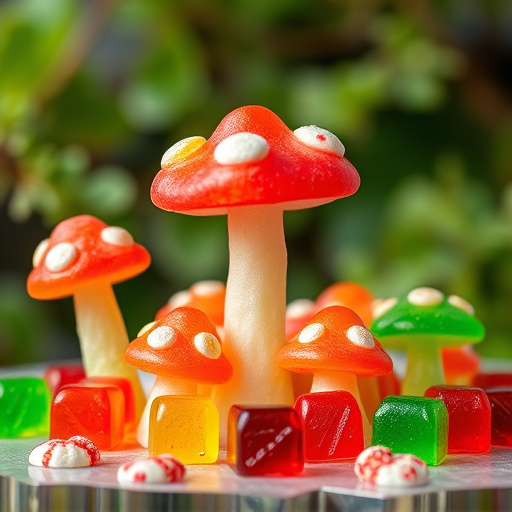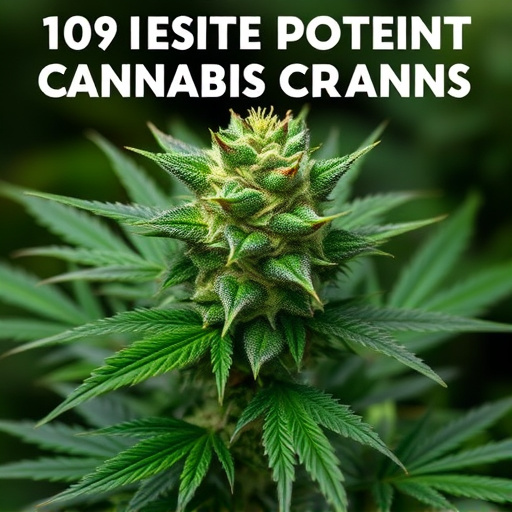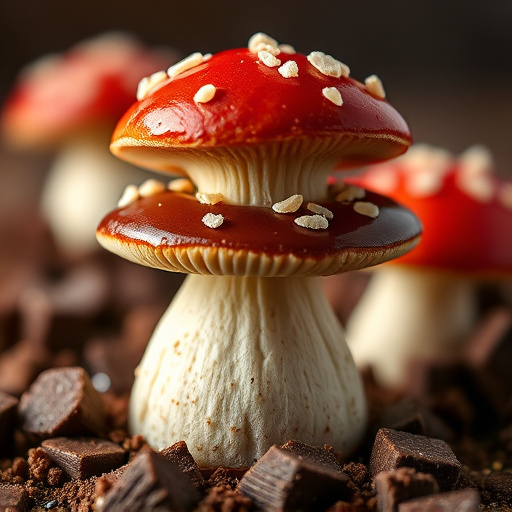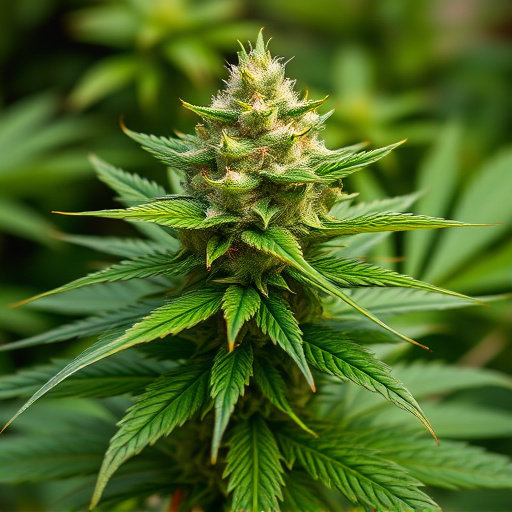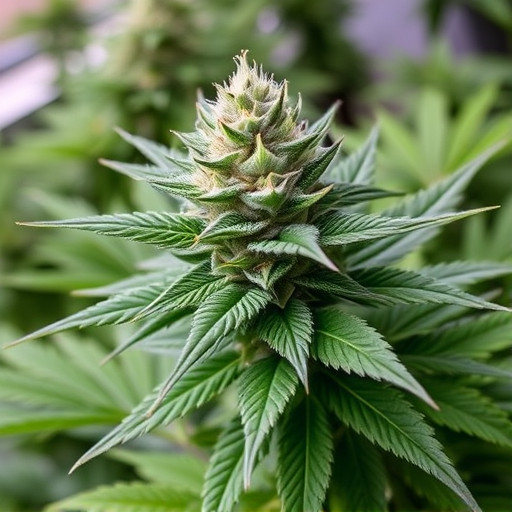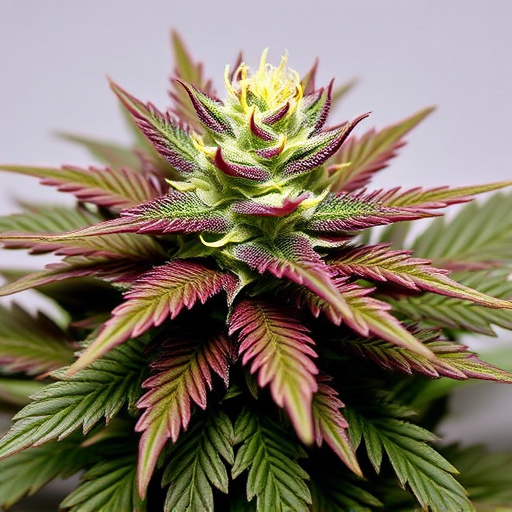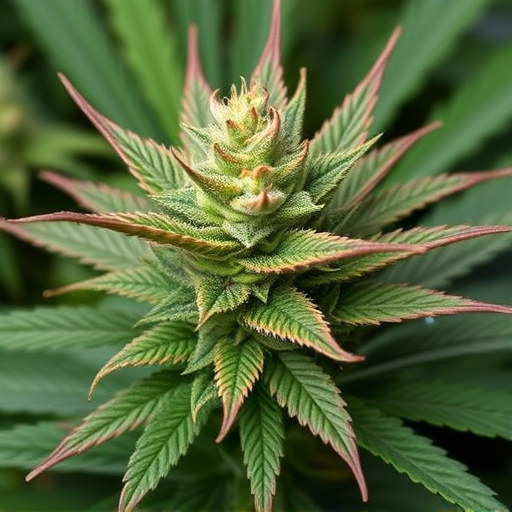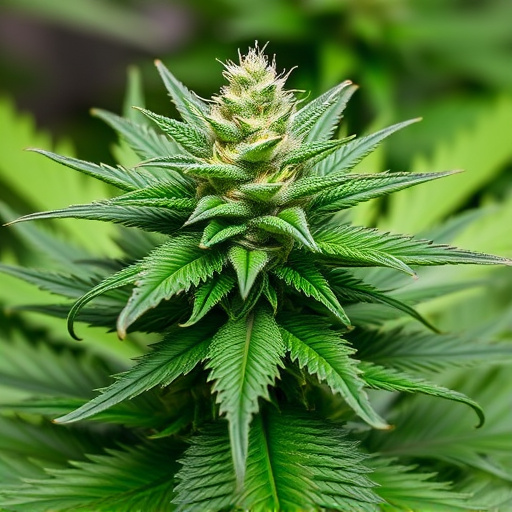Hawaiian cannabis strains' unique effects stem from their genetic makeup and terpene profiles, which influence the duration and intensity of the "high." Environmental factors like temperature, humidity, and growth location also vary the high's length. Individuals can customize their experience with these strains based on personal tolerance, cannabinoid interactions, and desired intensity. Understanding these chemical and environmental components is key to predicting and personalizing the impact of Hawaiian cannabis strains.
“Uncover the secrets behind the varying durations of a cannabis high with our comprehensive guide. We explore the multifaceted factors that shape this unique experience, from the genetic composition and terpene profiles of different strains, including the renowned Hawaiian cannabis strains, to environmental influences that can extend or shorten its effects. Additionally, we delve into how individual tolerance and metabolism play a personalized role in one’s interaction with these powerful plants.”
- Genetic Composition and Terpene Profiles: Understanding the Cannabis High
- Environmental Factors: Their Role in Shaping Duration of Effects
- Individual Tolerance and Metabolism: Personalizing High Experience with Hawaiian Cannabis Strains
Genetic Composition and Terpene Profiles: Understanding the Cannabis High
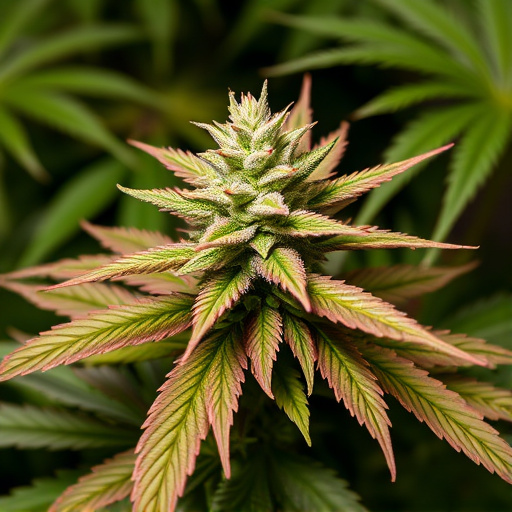
The genetic composition and terpene profiles of cannabis plants significantly contribute to shaping the duration and intensity of a “high.” Hawaiian cannabis strains, renowned for their unique properties, often owe their distinctive effects to specific genetic traits and terpene combinations. Terpenes are aromatic compounds that not only give cannabis its characteristic scents but also play a pivotal role in modulating the overall experience. For instance, myrcene, a common terpene in many Hawaiian strains, is known to enhance the sedative effects, potentially prolonging the duration of the high.
Varieties with higher levels of myrcene and other relaxing terpenes like linalool can induce a deeper sense of calm, leading to a more extended period of relaxation. Additionally, certain genetic lineages may have been selectively bred for their ability to produce specific terpene profiles, resulting in cannabis that offers longer-lasting effects. Understanding these chemical components is crucial in predicting and personalizing the cannabis experience, especially for those exploring the diverse world of Hawaiian cannabis strains.
Environmental Factors: Their Role in Shaping Duration of Effects
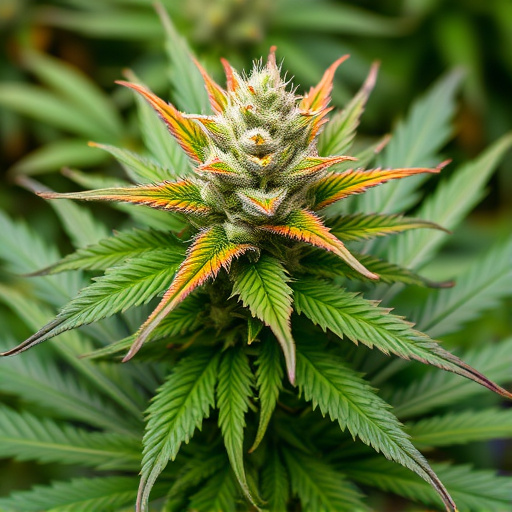
The environment plays a significant role in determining how long cannabis’s effects last, offering insights into why two individuals might experience different durations after consuming similar strains. Factors like temperature and humidity significantly impact the chemical composition of cannabis plants. For instance, Hawaiian cannabis strains, renowned for their potent profiles, may exhibit varying high durations based on where they are grown. Warmer climates generally speed up the plant’s maturation process, potentially intensifying certain cannabinoids that contribute to the high. Conversely, cooler environments can slow down this process, leading to a more prolonged but perhaps milder effect.
Humidity levels also come into play, as cannabis plants require specific moisture conditions to thrive and produce their unique compounds. Higher humidity might encourage the development of more terpene-rich strains, known for their ability to modulate the intensity and duration of cannabis’s psychoactive effects. Understanding these environmental factors is crucial for cultivators aiming to breed strains with specific high durations while offering consumers a more tailored experience.
Individual Tolerance and Metabolism: Personalizing High Experience with Hawaiian Cannabis Strains
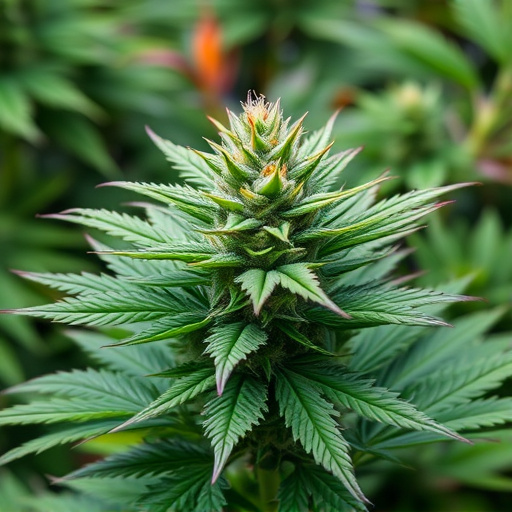
The experience of a cannabis high can vary greatly from person to person, and this is largely influenced by individual tolerance and metabolism. Everyone has a unique ability to process and tolerate cannabinoids, such as THC and CBD, which are responsible for the psychoactive effects and potential therapeutic benefits of cannabis. This variability means that what one person describes as an intense, long-lasting high might be a more mild and brief experience for another.
When it comes to Hawaiian cannabis strains, known for their potent and diverse profiles, personalizing the high experience is essential. These strains offer a wide range of cannabinoid and terpene combinations, which can affect both the intensity and duration of the high. Individuals with higher tolerances might find that Hawaiian strains provide a more prolonged and robust sensation, while those with lower tolerance could experience a shorter but vivid high. Understanding one’s metabolism and tolerance levels allows for a tailored approach to enjoying the unique effects offered by these remarkable hawaiian cannabis strains.
In exploring the factors that influence cannabis high duration, from genetic composition and terpene profiles to environmental conditions and individual metabolism, it’s clear that a multifaceted approach is key. Understanding these elements, especially with unique Hawaiian cannabis strains, allows users to personalize their experience, optimizing both the intensity and longevity of effects. By considering these factors, individuals can navigate the complex landscape of cannabis consumption, ensuring a more tailored and enjoyable high.
